Anybody have any websites that have the specs of fir vs pine CDX?
We have a roof that sagged between the trusses using 5/8″ pine plywood. An engineer used a density meter said it had weakened between the trusses, supposedly because the ply had gotten wet and was roofed before it dryed enough.
Because of the preferred insurance program we pretty much had to use products from the big boxes which was pine plywood. Would this have happened with fir? Is there anything we can use to back this up?
Barry E-Remodeler

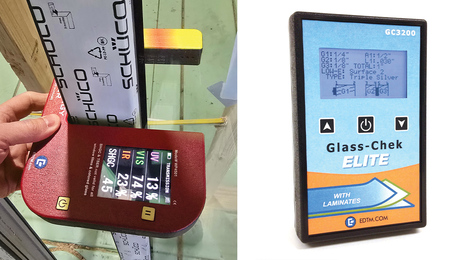

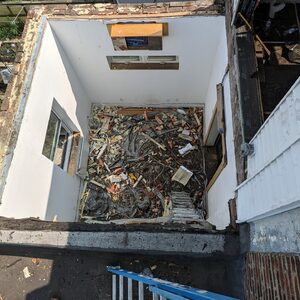
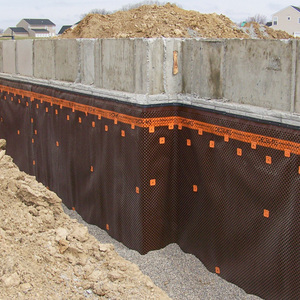
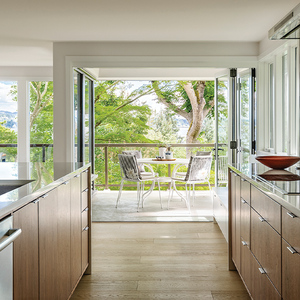
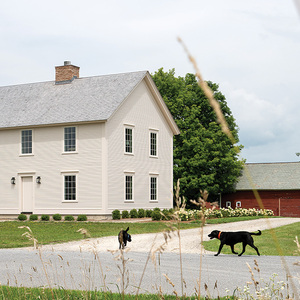













Replies
Try the APA website, www.apawood.org/.
Although pine is in many ways inferior to fir, the bigger question might be how many plys?
Andy
"Never try to teach a pig to sing. It wastes your time and annoys the pig." Robert A. Heinlein
"Get off your dead #### and on your dying feet." Mom
Edited 8/4/2006 9:41 pm ET by Andy_Engel
Thanks AndyI've been looking on the APA site and haven't yet found anything we can show to the insurance company, but I'll keep looking.It was 5 ply.
Barry E-Remodeler
5/8" plywood sagging? Wow. You must live in one wet climate, or the plywood was begging for a chance to bow in the right direction. It's a shame that you get punished for using what is normally top notch material.
Overall this sounds fishy, but maybe your location has noodle ply. In the western states where doug fir is very common I can't ever think of a situation where the moisture content of ply has ever caused a problem. Ever.
Do you get really large snow loads?
Barry, I assume you mean SYP plywood. One of the charactaristics of SYP is that it has extraordinarily large cells. Which means that it can hold far more water than most other species. The farm raised stuff used today grows very quickly, and I suspect a lot of what becomes plywood is juvenile wood, both of which are factors that further increase cell size.
The cell size, btw, is why SYP is the premier wood for pressure treatment. It can hold and retain more preservative than most other species. Fir is not used for treated lumber in the west. Hemlock is, and even that has to be incised to retain a useful amount of preservative.Andy
"Never try to teach a pig to sing. It wastes your time and annoys the pig." Robert A. Heinlein
"Get off your dead #### and on your dying feet." Mom
AndyNot sure if this was SYP, it was purchaced from a big box. I'll have to check on that. The cell size could be a factor. i guess we need to start using a moisture meter before we roof. This info is very interesting. I've often suspected deficiencies in fast growing lumber.
Edited 8/5/2006 9:16 am by BarryE
troutwe can get large snow loads on occasion, but not since this roof was installed. it did get wet before it was roofed, but it seemed dry and it wasn't any abnormal amount of rain.When the engineer checked it with his density meter, it was still good where it crossed the rafters but had failed out in the center
Barry E-Remodeler
Another possible source of info is the USDA Forest Products Lab. Google them, then give them a call. I've had little luck emailing them.Andy
"Never try to teach a pig to sing. It wastes your time and annoys the pig." Robert A. Heinlein
"Get off your dead #### and on your dying feet." Mom
Thanks
Barry E-Remodeler
After searching the USDA site, I'm wondering if heat buildup may have been a factor?The ceiling was sprayed with Icynene
Barry E-Remodeler
Good question. Except that from what I know of unvented roofs, the expected increase in shingle temperature is in the neighborhood of 15 degrees F. I'd be surprised if that was significant. Andy
"Never try to teach a pig to sing. It wastes your time and annoys the pig." Robert A. Heinlein
"Get off your dead #### and on your dying feet." Mom
How long has the roof been up? Is there a vapor barrier between the icynene and the conditioned space? Where are you located? Have you checked the moisture levels, summer and winter, of the sheathing and the icynene?Andy
"Never try to teach a pig to sing. It wastes your time and annoys the pig." Robert A. Heinlein
"Get off your dead #### and on your dying feet." Mom
This was fire job, lightning strike, that we restored. The new roof has only been on about a year.it's in the midwest, Iowa The moisture levels are always high around here (g) but no we haven't checked that.I'm trying to remember if they sprayed anymore foam after we built the roof, or if we removed all of the foam after the fire, I'll have to ask the job PM on that one. thanks, that gives me some other avenues to check on
Barry E-Remodeler
The reason I asked has to do with anecdotes I'd heard regarding open cell foams such as icynene. Unlike closed cell foams, open cell foams are not vapor barriers, and might be sucseptible to saturation through moisture drive in the winter. That's why unvented roofs in CT are allowed by code only with closed cell foam. So, it's possible that condensation could be occuring when the roof deck is cold and interior moisture is driven outward by the difference in temperature (delta-T is the fancy phrase) between the warm interior and the cold exterior. Damp plywood can sag. Moisture could be more of the culprit than the type of plywood.
It's important to have both summer and winter data. The summer data should provide a dry reference point. If possible, I'd check late in each season when the maximum wetting and drying would have taken place.
Note that I'm only suggesting a possibility, not diagnosing with certainty.Andy
"Never try to teach a pig to sing. It wastes your time and annoys the pig." Robert A. Heinlein
"Get off your dead #### and on your dying feet." Mom
thanksI know that it is open cell, not sure about a vapor barrier, my guess is no.I'll see about taking some readings, it has been a very humid summer.As of right now we are on the hook for the biggest portion of the cost to replace this roof as soon as possible and the owner is trying to sell it.
Barry E-Remodeler
Not sure you've done anything wrong. The material you used was rated for the span, right? Seems very unlikely to me that 5/8 in. 5 ply plywood of any species should sag on a (I'm assuming) a 2 ft. span, unless there's something else going on.Andy
"Never try to teach a pig to sing. It wastes your time and annoys the pig." Robert A. Heinlein
"Get off your dead #### and on your dying feet." Mom
According to the engineer, the cause is that the ply was rained on before it was covered which trapped the moisture. To me this happens on a regular basis all across the US. I don't think it was an abnormal amount of water. And I think the PM thought it was reasonably dry when he had it covered.The owner wants to sell, the insurance company that insured the house for the fire damage we restored doesn't feel it should pay, though we are still working on that and they may come up with some of the money.That leaves us standing behind our work, which we will do. I feel that because we were "forced" to use certain products that the insurance company should pay up. We used 5/8" ply instead of 1/2" and we did use ply clips. I'm also wondering if the ply at the big boxes is an inferior product?It's making us look at OSB on future projects
Thanks for all of your help
Edited 8/6/2006 6:11 pm by BarryE
I doubt that I've ever built a house whose roof sheathing didn't get rained on during construction. I've always built on 16 in. centers, usually with 1/2 in. fir sheathing, without clips. Never, ever had a wavy roof.
I think your engineer isn't viewing all the pieces to this puzzle.
Good luck.Andy
"Never try to teach a pig to sing. It wastes your time and annoys the pig." Robert A. Heinlein
"Get off your dead #### and on your dying feet." Mom
while fir is stronger than pine, Quality of the ply is a more meaningful factor.
Back during the Plywood "shortage"
I got some fir ply that was abysmall ...
Lumber yard was scrambling to get whatever they could get and this stuff was JUNK
5/8 should be at LEAST 5-ply but preferably 6 or 7.
I have no comment...
Mister Tit was 5 ply. I think you are right about the quality, which I'm not convinced can be found at the big box. We are trying to get the manufacturer involved in this.
Barry E-Remodeler